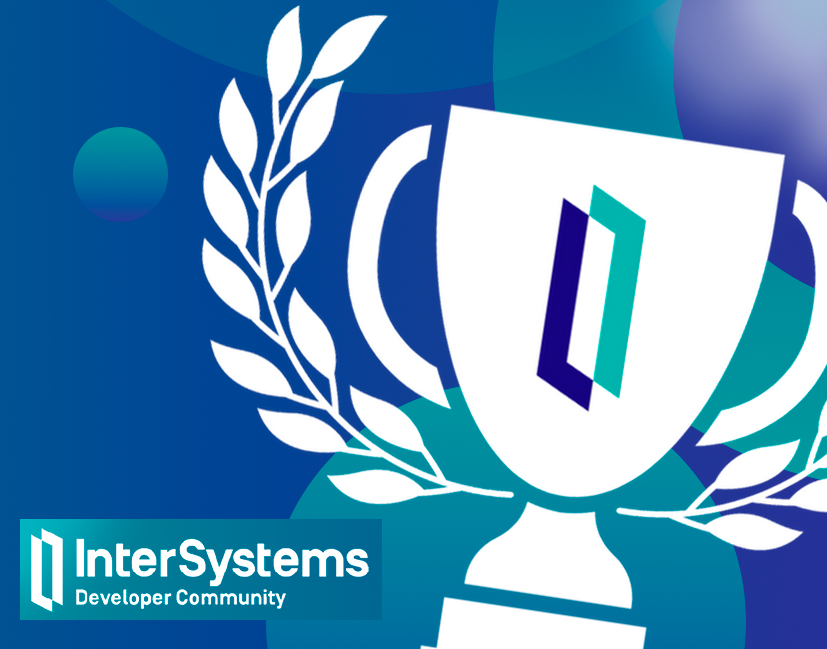Olá Comunidade!
É com imensa satisfação que anunciamos os vencedores do ✍️ Concurso de Tutoriais Técnicos InterSystems IRIS ✍️.

Agradecemos a todos os participantes por seu empenho e contribuição à nossa comunidade. Temos ótimos novos artigos tutoriais para ler e reproduzir, e assim enriquecer nosso conhecimento e habilidades de desenvolvimento na tecnologia InterSystems IRIS.
Vencedores da Premiação de Especialista
🥇 1º lugar: Utilizando IRIS - Vector Search - Estudo de Caso: Recomendação de Filmes por @Davi Massaru Teixeira Muta
🥈 2º lugar: Usando o FHIR SQL Builder por @Yuri Marx
🥉 3º lugar: Usando o Python no InterSystems IRIS – Calculando uma Regressão Linear Simples por @Julio Esquerdo
Vencedor da Premiação da Comunidade de Desenvolvedores
O artigo com o maior número de likes foi: Utilizando IRIS - Vector Search - Estudo de Caso: Recomendação de Filmes que conquistou 2 premiações neste concurso. Parabéns @Davi Massaru Teixeira Muta 👏🏽
🚨 Premiação Extra!!!!
Temos o prazer de anunciar que a Comunidade de Desenvolvedores também está premiando de forma extraordinária o participante @Julio Esquerdo por:
📌 Publicação de mais de um artigo concorrente
com o prêmio: 🎁 Bolsa térmica para 4 garrafas da InterSystems
A comunidade de desenvolvedores reconhece a sua contribuição e o parabeniza pela iniciativa e criatividade em fazer algo além do que estava descrito nos requisitos do concurso.
Continuem ligados na comunidade e participando.
A contribuição de cada um de vocês é muito importante para manter a nossa comunidade ativa e auxiliando no conhecimento e no dia a dia de vocês.
Parabéns a todos, e até breve! 😉
